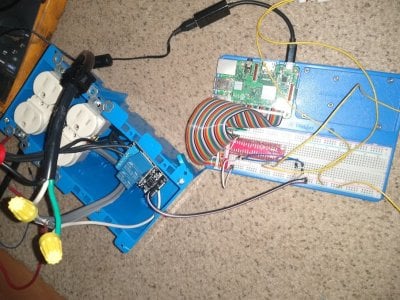agree they are pretty good and affordable alternative. but i doubt they can be as precise as stepper motors, which is what we need for very precise volume dosing to experiment with things involving titration, other than general dosing.Steppers would be nice but not necessary. Invest in a good peralistic pump head. Here is what I am using with l298n
I did change the dc motors from the originals to slower speeds and so far with all my testing I should be able to dose in 0.2ml increments if desired. Timing pumps in 0.2sec for duration. Yes they are big but flawless. Got them on ebay 2 years ago. Had them running with Arduino now converting to Reef-Pi.

In fact after running ATO via DC motor based peristaltic pumps and using tropical marine all in one, i think i will not need stepper based dosing pumps purely for dosing regimen. The ATO based dosing is pretty effective when I know whats my ATO consumption at weekly cadence
























